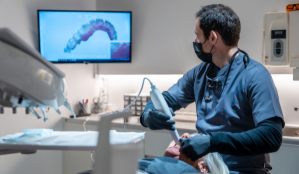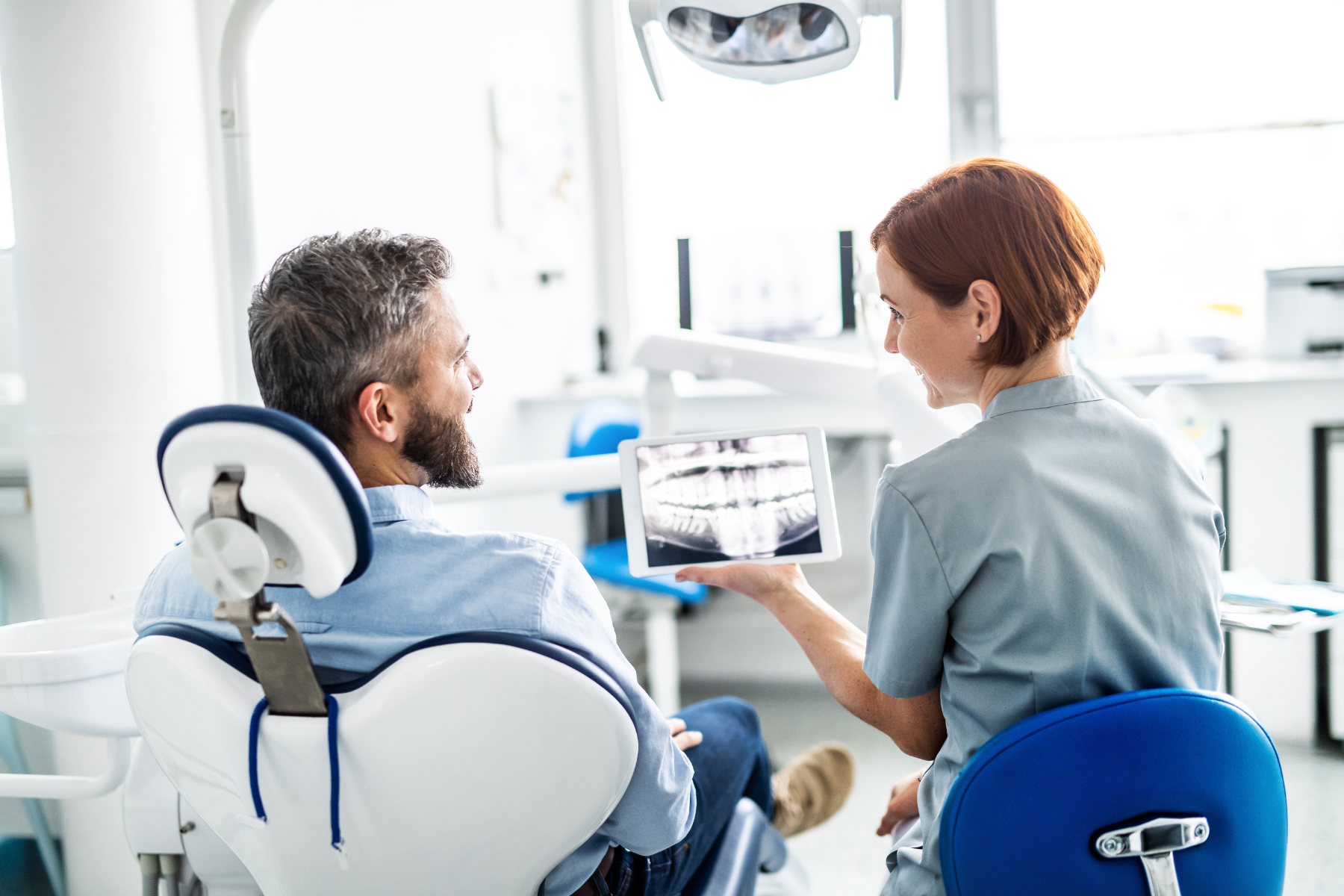Why Now Is the Best Time to Invest in Dental Equipment
Smart Spending for Smarter Dental Practices: Dental Equipment Deals As the year winds down, many independent dental practices are thinking about how...
4 min read
Unified Smiles
:
November 10, 2023

Uncover the potential tax savings dentists can enjoy by investing in new dental equipment through the Section 179 tax deduction.
The Section 179 tax deduction is a provision in the United States tax code that allows businesses, including dentists, to deduct the full purchase price of qualifying equipment and software purchased or financed during the tax year. This deduction is designed to encourage businesses to invest in new equipment and stimulate economic growth.
For dentists, the Section 179 tax deduction can be a significant advantage when purchasing new dental equipment. It allows dentists to deduct the full cost of the equipment in the year it is purchased, rather than depreciating it over several years. This can result in substantial tax savings and help dentists manage their cash flow more effectively.
To qualify for the Section 179 tax deduction, the dental equipment must be used for business purposes and be purchased or financed in the tax year. It must also be tangible personal property, such as dental chairs, X-ray machines, and dental instruments.
By understanding the Section 179 tax deduction and its eligibility requirements, dentists can make informed decisions when investing in new dental equipment and take full advantage of the tax savings it offers.
Upgrading dental equipment is essential for maintaining a modern and efficient dental practice. New advancements in technology have revolutionized the field of dentistry, allowing dentists to provide better patient care and improve their practice's productivity.
One of the key benefits of upgrading dental equipment is improved patient experience. New equipment often offers enhanced comfort and efficiency, reducing treatment times and minimizing patient discomfort. This can lead to higher patient satisfaction and increased referrals, ultimately benefiting the dentist's bottom line.
Additionally, upgrading dental equipment can improve the accuracy and precision of dental procedures. Advanced imaging systems, such as digital X-rays and cone beam computed tomography (CBCT) scanners, provide detailed and high-resolution images, enabling dentists to diagnose and treat dental conditions more effectively. This can result in better treatment outcomes and improved patient oral health.
Furthermore, new dental equipment often offers time-saving features and automation capabilities. For example, digital dental software can streamline administrative tasks, such as appointment scheduling and patient record management. This allows dentists to focus more on patient care and spend less time on paperwork, leading to increased productivity and practice efficiency.
Upgrading dental equipment helps dentists who want to provide the best possible care to their patients, improve practice productivity, and stay competitive in the field of dentistry.
Investing in new dental equipment not only improves patient care and practice efficiency but also offers significant tax savings through the Section 179 tax deduction.
By taking advantage of the Section 179 tax deduction, dentists can deduct the full cost of qualifying dental equipment in the year of purchase (up to the allowed maximum), rather than spreading the deduction over several years. This can result in immediate tax savings and reduce the overall tax liability for the dental practice.
To maximize tax savings with new dental equipment, dentists should carefully consider their equipment needs and budget. It is important to assess the specific equipment requirements of the dental practice and choose equipment that provides the most value in terms of improved patient care and practice efficiency. Additionally, dentists should consult with a qualified tax professional to ensure compliance with the Section 179 tax deduction rules and regulations.
By strategically investing in new dental equipment and leveraging the Section 179 tax deduction, dentists can optimize their tax savings and allocate more resources towards enhancing their practice and providing the best possible care to their patients.
When investing in dental equipment, dentists should consider several key factors to make informed decisions and maximize the benefits.
Firstly, dentists should assess their current equipment and identify areas that need improvement or replacement. This can be done by evaluating the performance, functionality, and reliability of existing equipment and determining if it aligns with the practice's goals and needs.
Secondly, dentists should research and explore different equipment options available in the market. It is important to consider factors such as quality, durability, warranty, and customer reviews when selecting dental equipment. Additionally, dentists should evaluate the compatibility and integration capabilities of the equipment with existing systems and software in the practice.
Thirdly, dentists should establish a budget for purchasing new dental equipment. It is crucial to consider not only the upfront cost but also the long-term maintenance and operating expenses associated with the equipment. Dentists should assess the return on investment (ROI) and weigh the potential benefits against the costs to make financially sound decisions.
Lastly, dentists should seek advice from industry experts and consult with other dental professionals who have experience with the equipment under consideration. Their insights and recommendations can provide valuable guidance in the decision-making process. Unified Smiles has partnered with industry leading dental suppliers to help our members find the right equipment at the best prices using our negotiated prices and discounts. Our dental group purchasing organization is here to help independent dental offices make the best choices at the best prices.
By carefully considering these key factors, dentists can make informed choices when investing in dental equipment and ensure they maximize the benefits for their practice.
Investing in new dental equipment is not only a smart business decision but also a strategic tax-saving opportunity for dentists. By taking advantage of the Section 179 tax deduction, dentists can deduct the cost of qualifying dental equipment in the year of purchase, leading to immediate tax savings and improved cash flow.
Upgrading dental equipment offers numerous benefits, including enhanced patient experience, improved treatment outcomes, increased practice efficiency, and higher patient satisfaction. These benefits, combined with the tax savings from the Section 179 tax deduction, make investing in new dental equipment a win-win situation for dentists.
However, it is important for dentists to carefully consider their equipment needs, budget, and eligibility for the Section 179 tax deduction. By doing so, dentists can make informed decisions, maximize tax savings, and ultimately provide better care to their patients while growing their dental practice.
Unified Smiles is here to help your independent dental practice find the best prices using our negotiated group discounts, prices and promotions. Fill out the form below to learn how we can help your dental office.

Smart Spending for Smarter Dental Practices: Dental Equipment Deals As the year winds down, many independent dental practices are thinking about how...

2 min read
The Benefits of Using Intraoral Scanners in Dental Practices Hey there! Today, we're diving into a fascinating topic that's revolutionizing the way...

Discover how private dental practices can save up to 60% on supplies, maintain their independence, and thrive in a competitive market dominated by...